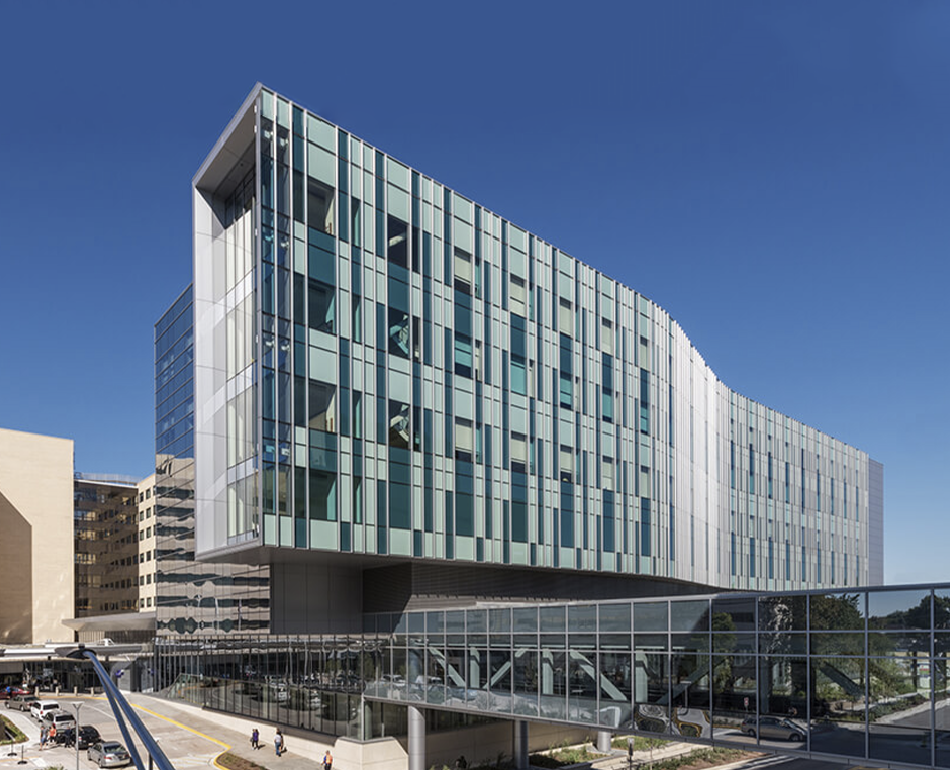Live Session
A Roadmap for Change Management Projects
Register Now
Health System
Advocate Medical Group
Location
Chicago, IL
Implemented Solution
PerfectServe Clinical Collaboration
TABLE OF CONTENTS
Careful planning and progressive rollout of PerfectServe resulted in 96% adoption among Advocate Medical Group’s 500 physicians.
Advocate Medical Group (AMG), a Chicago-based medical group with over 1,500 physicians and specialists at more than 200 different practice sites, opened a centralized contact center in February 2014 to provide 24/7/365 coverage for 500 physicians across 40 of their sites. The center is also the main hub for patients to contact their doctors and other clinicians.
Expectations for the center were high. But the center’s technology wasn’t up to the task.
“Our technology didn’t allow messages to be transmitted in a meaningful or secure manner,” says Dr. Jennifer DeBruler, medical director of Advocate Medical Group. “We knew we were using an outdated technology, and we planned to implement something new.”
AMG resolved to find a secure communications technology that was fully automated—eliminating the need to update call schedules, and facilitating real-time calls with secure voice and text messages.
Balancing the need for rapid communication and response without unnecessarily interrupting physicians was another important need for AMG. Because disruptive doctor-to-doctor communications had been a historic problem, the ideal solution required asynchronous communication so care providers could communicate with each other about a patient when it was most convenient. Says DeBruler, “When doctors are busy seeing patients, they don’t want to be interrupted for things that are not urgent, especially during the day.”
The search for a new technology started close to home. AMG knew that 4,000 physicians across 12 Advocate Health Care hospitals were using PerfectServe Clinical Collaboration, which meant AMG physicians were already familiar with it.
PerfectServe ensures secure communication of protected health information among providers and care team members, so AMG didn’t have to worry about HIPAA compliance. By automatically identifying care team members and routing information based on when and how they work, PerfectServe met all their other needs as well.
“PerfectServe was the answer,” says DeBruler.
AMG believed that successful workflow automation required a thorough understanding of the work in order to optimize its flow—starting with the needs and behaviors of the users.
Success also required understanding who needed to talk with whom and when, as well as mapping out the changes needed to enable a process that worked for everyone.
“We brought people together early in the process to discuss what we expected the technology to do and how we wanted to use it,” explains DeBruler.
Working closely with PerfectServe and the contact center, AMG offices carefully set up the rules required for the system. “We had to consistently bring the appropriate operations and physician leaders to the design sessions,” says DeBruler.
Physician engagement up front and throughout the implementation was key. “We continued to listen to the physicians and make tweaks after going live with PerfectServe,” she says.
First impressions are important; a provider’s initial encounter with a new technology tends to leave a lasting impression. Rather than risk unnecessary confusion, frustration or backlash by implementing PerfectServe everywhere at once, AMG set a timeline for gradual adoption. By bringing on doctors a few groups at a time, AMG was able to make frequent performance assessments, fine-tune the configuration for each hospital and ensure that doctors were successfully configuring PerfectServe to their preferences.
Once the implementation of one group was deemed successful, AMG would start the next one. DeBruler reports that 500 providers were brought on board in 2015. “When we started in January, we were at 481 interactions; by December, we were up to 4,600 interactions.”
Feedback was continually sought during each group implementation. “We had huddles with the practices on a regular basis during the week,” says DeBruler. Physicians could call the medical directors at the contact center if they experienced any problems, and AMG quickly addressed any issues that emerged.
AMG also created a committee to review questions about PerfectServe and respond to requests about who could use it and how it might solve additional problems. Through this methodology, the committee was also able to satisfy the need for home health nurses to manage their on-call coverage with PerfectServe—just like the physicians.